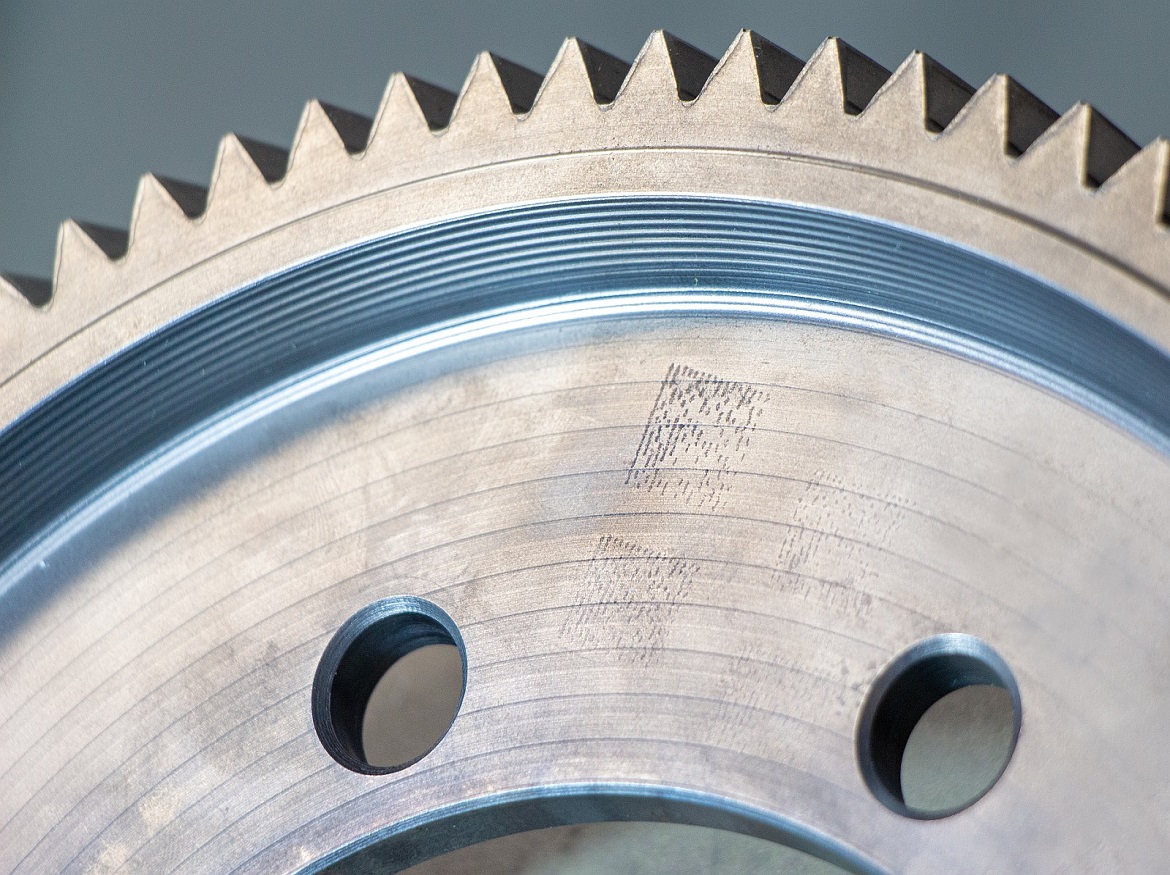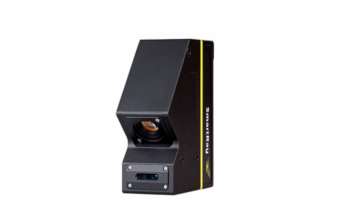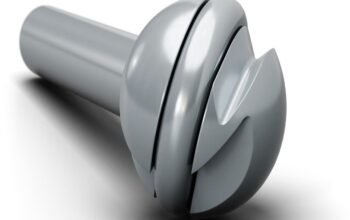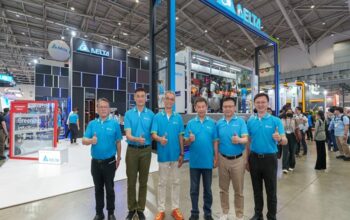Fraunhofer scientists have fostered a very heat-safe ceramic-based ink. Interestingly, this empowers metal parts handled in the auto business at temperatures north of 1,000 ºC to be set apart with a code. The code can be checked and is connected to a data set in which all the assembling boundaries for the part being referred to are put away. The upsides of the innovation are not just the capacity to recognize creation misfires and blemished parts at the beginning phase. Additionally, it opens up numerous options for designing industry process chains in a way that is both more effective and significantly reduces their carbon footprint. Indeed, even part fabrications can be forestalled through unique added substances in the ink.
Checking parts so everyone can be followed and followed is a significant necessity for the digitalization of cycles in the assembling business. Due to the fact that numerous metal components must be heated separately in each process step, previous efforts in this area in the metalworking industry have been unsuccessful. Codes engraved ordinarily are obliterated when warmed and can thusly never again be perused. At the Fraunhofer Institute for Ceramic Technologies and Systems IKTS, Prof. Thomas Härtling, who is the group manager for optical test methods and nanosensors, and his team have developed an ink that can withstand oven temperatures of more than 1,000 degrees Celsius without becoming damaged. The Ceracode© ink comprises intensity-safe earthenware particles and a glass part. In the broiler, the liquefying glass guarantees that the checking is fixed to the metal but is still simple to peruse. Interestingly, Ceracode© ink makes it conceivable to give metal parts — especially those that are warmed during creation in the auto business — with an exceptionally steady stamping. To foster innovation, Fraunhofer specialists applied their numerous times of ability with pottery and ceramic-based materials.
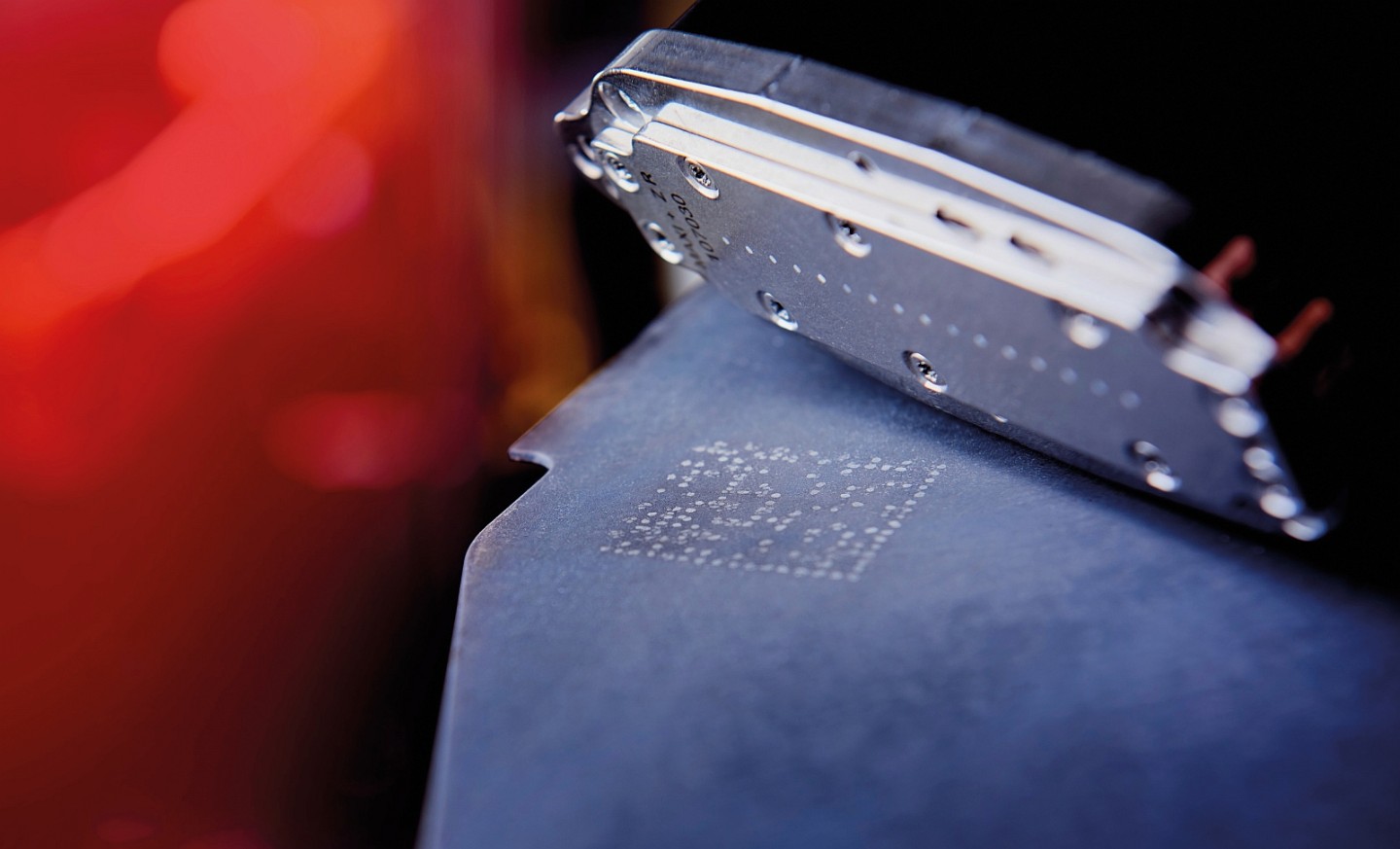
Heat-resistant ink for metal
Take the accompanying application situation: during a spot check in a car creation plant, a specialist finds a faulty metal part. Its calculation doesn’t meet the details and the part has not been formed accurately. The part has a stamping, known as an information lattice code, which interestingly distinguishes it by means of a chronic number. The specialist can peruse this code utilizing a scanner. In the presentation, a data set opens and shows every one of the boundaries for the part’s assembling cycle, like the temperature and stay time in the broiler, mathematical information, and press pressure. Distinguishing the problem is presently simple: the press pressure was not sufficiently high during a specific cycle step. The worker can view all of the other defective components that were processed with the wrong press pressure with just a few clicks. These are then immediately disposed of — if vital, a robot can do this completely consequently. The laborious process of manually removing rejects and inspecting all potentially affected components has been eliminated, allowing the production process to continue immediately.
The digitalization of process chains
The blend of Ceracode© ink and the normalized information framework code that is in far-reaching use in the business is giving new energy to the digitalization of creation processes in metalworking ventures. ” Anywhere along the value chain, the quality of any component or workpiece can be recorded, and defects can be targeted and fixed right at the beginning of production. This not only helps businesses save energy, but it also prevents them from wasting raw materials and allows them to cut down on carbon emissions, as Härtling explains. Generally speaking, this makes the creation interaction essentially more proficient and financially savvy. Creating adaptive process chains is also made simpler by the process data stored in the database. The subsequent steps and procedures can be flexibly adapted and optimized if a manufacturer knows which physical parameters were used to produce a product.
The database can be filled with additional data as needed, depending on the application scenario. For instance, the greenhouse gas emissions for each component could be calculated using data on power consumption and power source for each processing step. There is something else and more makers who are mentioning highlights like these to empower them to run straightforward and asset proficient creation processes,” which makes sense to Härtling.
The venture is likewise the consequence of an effective joint effort. While the Fraunhofer IKTS group fostered the ink and keeps on chipping away at improving it further, project accomplice Senodis Advances GmbH from Dresden is answerable for programming the product and commercialization. Senodis Innovations is a side project of Fraunhofer IKTS and centers around sending the boundless capability of the ceramic-based ink to achieve new applications for modern clients and press ahead with the digitalization of their worth chains. Customers primarily come from the automotive, ceramics, and metal industries.
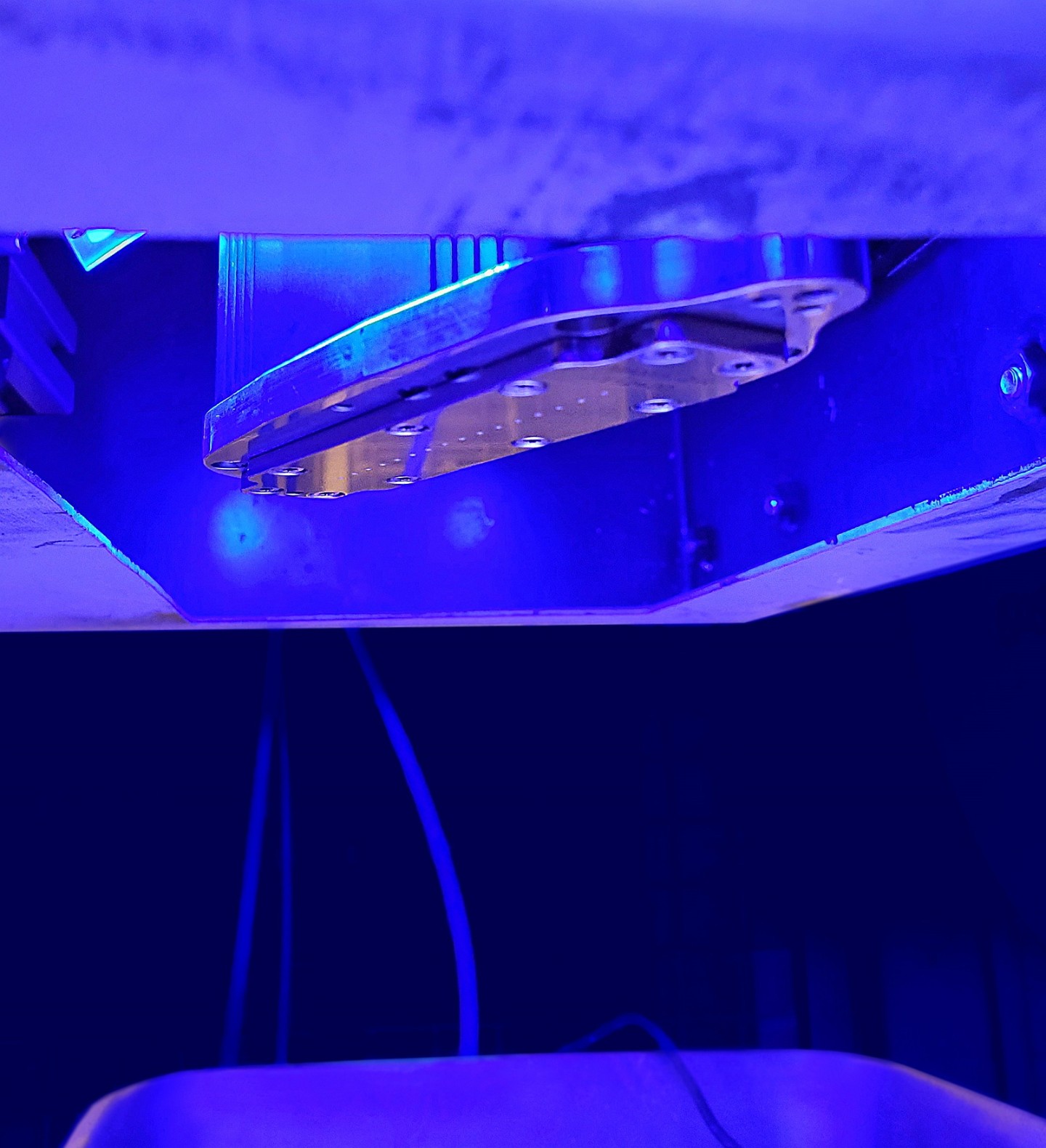
Data exchange via Catena-X
The Fraunhofer IKTS technology not only makes production more efficient, but it also makes it possible for manufacturers, suppliers, and subcontractors to share even more information. These are already connected by a complicated network in the automotive industry. The Catena-X network platform, which is currently in development, is planned to be used for information exchange in the future. It aims to facilitate the secure and straightforward exchange of data between manufacturers as a collaborative data ecosystem of the automotive industry while also guaranteeing that each participant retains sovereignty over their own data. Taking an interest in organizations in this manner just offers the information that they really need to uncover.
For the first time, the Catena-X network can now include comprehensive data on the process parameters of metal components thanks to Ceracode. Here as well, information that the maker doesn’t wish to share, for example, inner subtleties on the assembling system or the exact material piece of a part, will keep on excess safeguarded in the organization’s inside organization.
Forgery-proof with Ceracode©
The arrangement of intensity safe ink and information framework code has arrived at development and is now accessible available through project accomplice Senodis Advancements GmbH. Producing organizations can introduce the framework and put it into activity effortlessly — even the method involved with retrofitting existing apparatus represents no issue. The information network printers utilized as well as the scanners are viable with existing industry guidelines.
Additionally, the ink technology is adaptable to a wide range of customer requirements and applications. One model is the assurance of items against imitations. ” To do this, we add extraordinary shades to the recipe of the ceramic-based inks so they are enlightened in a characterized variety under UV light. This is an intriguing choice for modern clients who buy parts comprising of especially costly metal combinations or parts for security-related frameworks,” makes sense of Fraunhofer specialist Härtling.
As the subsequent stage, the Fraunhofer scientists are dealing with how to engrave bent or molded metal parts. Further created picture acknowledgment calculations can then peruse out codes exactly even on sporadic or bended metal surfaces.
Click on the following link Metrologically Speaking to read more such news about the Metrology Industry.


